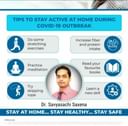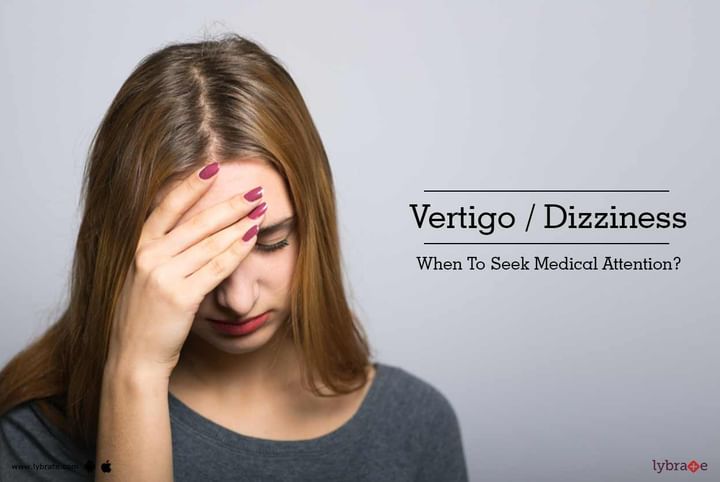Vertigo / Dizziness - When To Seek Medical Attention?
BPPV or Benign paroxysmal positional vertigo is a major cause of vertigo. This is a condition that gives a sensation of head spin all of a sudden. It also results in dizziness in brief episodes. The severity level can vary from intense to mild. BPPV is triggered with certain changes of the head position. Although BPPV is bothersome, it isn’t serious unless there is a chance of a person falling abruptly because of the head spin. There are ample treatment options available to address this problem.
Symptoms of BPPV
BPPV includes some of the following symptoms:
a. Loss of balance
b. Dizziness
c. Feeling of the surrounding spinning
d. Vomiting and nausea
e. Rhythmic movement of the eye
When to seek medical attention?
If dizziness is accompanied with one of the below-mentioned symptoms, it is time to urgently seek medical attention and get vertigo addressed for good:
- Hear loss
- Tingling or numbness
- Fever accompanies with severe headache
- Arm or leg weakness
- Problems with vision
- Difficulty in walking
- Becoming unconscious
Causes of BPPV:
If there is on known cause associated with BPPV, the condition is termed as idiopathic BPPV. In most of the cases, though, BPPV is associated with a severe to minor blow to the head. Other causes include an injury to the inner ear, prolonged sitting position in a fixed posture, even migraine pain is at times associated with BPPV.
What are the risk factors?
Benign paroxysmal positional vertigo is likely to occur in the age group of 50 and above, this being said it can happen at any age in case of any injuries. Statistically, it is found that the likelihood of BPPV is more in women than men. Head injury of any sort is by far the most likely reason of BPPV.
What are the tests and diagnosis involved?
A doctor is likely to perform a physical examination followed by a series of tests. Some typical signs that a doctor looks for include the following:
Ability to control eye movement- especially side to side movement
Symptoms of dizziness
In case it is difficult to spot the symptoms, a doctor might suggest video- nystagmography or electronystagmography. It helps to track irregular eye movement. An MRI can also be prescribed to study the cross-sectional images of the body and the head.
Treatments associated with BPPV:
BPPV mostly go away within months or weeks on its own. If however, it still persists, a doctor can suggest Canalith Repositioning- series of small movements that helps to counter BPPV. For extreme cases, a doctor might advise a surgery for blocking the portion of the inner ear that might be causing the problem. It guarantees close to a 100 percent fix to BPPV. If you wish to discuss about any specific problem, you can consult an ENT specialist.



+1.svg)
